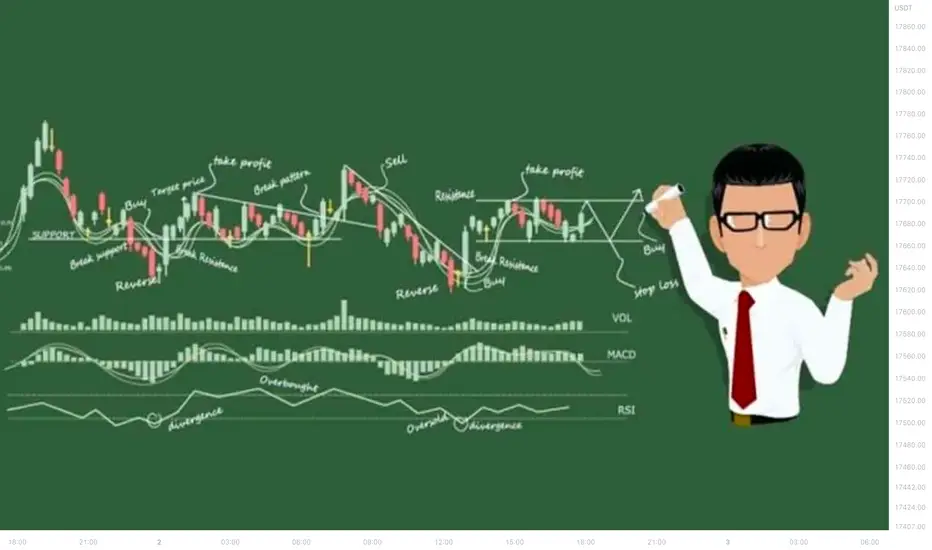
By: Bithi
Published on: May 24, 2025
Intraday trading, or day trading, involves buying and selling financial instruments within the same trading day. Unlike long-term investing, intraday traders focus on taking advantage of short-term price fluctuations in stocks. With volatility comes opportunity—and risk.
But here’s the secret: mastering a few high-probability strategies can dramatically increase your chances of booking daily profits. In this blog post, we’ll explore the top 3 intraday strategies every retail trader should learn and implement for consistent success in the stock market.
A breakout occurs when the price moves above a defined resistance level or below a defined support level with increased volume. Traders aim to ride the momentum once the breakout is confirmed.
Identify key support and resistance zones using previous day highs/lows, trendlines, or pivot points.
Wait for the price to break the zone with volume confirmation.
Enter the trade when the price closes above (for long) or below (for short) the breakout level.
Use a stop-loss just below the breakout candle (for long) or above it (for short).
Book partial profits at 1:1 risk-reward and trail the stop-loss to secure further gains.
5-minute or 15-minute charts for intraday breakouts.
Breakouts attract institutional interest.
Volume confirmation helps reduce false signals.
Easy to identify for beginners with simple rules.
Avoid trading breakouts during the first 15 minutes of market open as volatility is usually high due to gap-ups or news-based movements.
A reversal strategy looks for price exhaustion and turns in the opposite direction after an extended move. One of the most effective tools for this is the VWAP (Volume Weighted Average Price), often used by institutional traders.
Wait for a strong directional move away from the VWAP.
If the price gets extended far above the VWAP, look for signs of exhaustion (candlestick patterns like shooting stars, bearish engulfing).
Enter short positions once the price closes below the previous high and starts moving back toward VWAP.
For long trades, apply the same logic in reverse.
Stop-loss should be placed above the swing high (short) or below the swing low (long).
5-minute or 15-minute with VWAP overlay
Institutions use VWAP as a benchmark to accumulate/distribute positions.
When prices deviate significantly from VWAP, a reversion becomes highly probable.
Ideal for range-bound markets or late-day reversals.
Always confirm reversals with volume divergence and momentum indicators like RSI dropping below 70 (for shorts) or rising above 30 (for longs).
This strategy focuses on trading stocks that gap up or gap down significantly at market open due to overnight news, earnings, or analyst ratings. The idea is to ride the early morning momentum.
Scan for stocks with a pre-market gap of at least 3%, along with high volume.
At the market open, observe if the stock holds the gap and forms a bullish or bearish continuation pattern (flags, pennants, etc.).
Enter the trade once the pattern breaks in the direction of the gap.
Use tight stop-loss under the pattern base.
Exit in phases, or at a fixed reward ratio (e.g., 2:1 R:R).
1-minute and 5-minute charts for morning gap plays.
Gaps attract retail and institutional momentum traders.
The early market momentum allows for quick scalping opportunities.
Works best in trending news-driven market conditions.
Combine gap-ups with pre-market volume surge and news catalyst to increase odds of a successful trade.
Even the best strategy will fail without discipline. Here are some must-follow tips:
Define your entry, exit, and risk before every trade. Avoid emotional decisions.
Never risk more than 1–2% of your capital per trade. Capital preservation is key.
Take 1–2 high-probability trades per day. Quality beats quantity.
Track wins and losses, note mistakes, and continuously refine your approach.
Before using real money, simulate strategies to build confidence and consistency.
Chasing the Market:
Jumping into trades out of FOMO often leads to poor entries.
Ignoring the Trend:
Trading against the dominant trend results in low probability setups.
No Stop-Loss:
Holding onto losing trades, hoping they’ll bounce back, can blow your account.
Using Too Many Indicators:
Cluttered charts lead to confusion. Simplicity wins in intraday trading.
Trading in a Sideways Market:
Momentum strategies work best in trending markets. Sit out when volatility is low.
The key to success in intraday trading lies in mastering one or two proven strategies, executing them consistently, and managing risk like a professional. Whether you choose breakouts, VWAP-based reversals, or gap momentum, the goal should always be capital protection and disciplined execution.
No strategy is 100% accurate. But with patience, practice, and proper risk management, these 3 intraday strategies can help you book daily profits and build a sustainable trading career.
Comments
No comments yet. Be the first to comment!
Leave a Comment